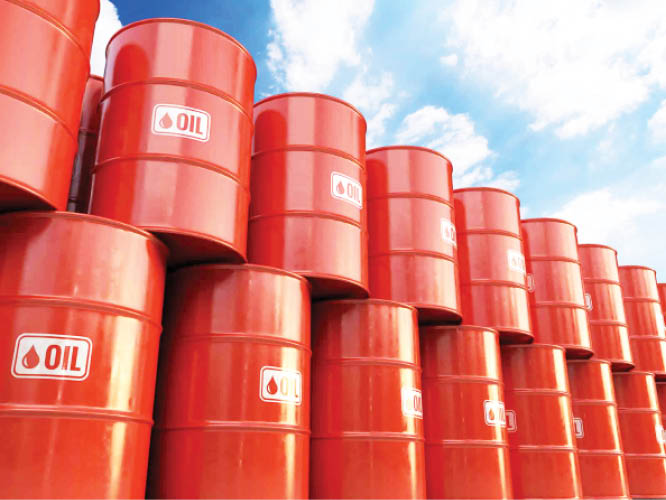Brent, the global benchmark for crude oil, traded below $90 after hitting a record high in recent months.
Industry figures seen on Monday showed that Brent dropped in price by $4.31 or 4.76 per cent to $85.07/barrel.
NPA to hasten renewal of 5 seaport concession pacts
Fidelity partners SMEDAN to empower SMEs
WTI crude lost $4.75 or 5.69% to close at $77.79/barrel, while the cost of oil grades in OPEC Basket dropped marginally by $0.24 or 0.25% to close at $96.31/barrel.
The value of oil and gas stocks dropped on Monday as investors prepared for a Federal Reserve meeting on Wednesday.
According to West Texas Intermediate, in 2008, crude oil was as high as $147 a barrel, while the highest seen in 2022 so far is $130 a barrel.
However, before the Russian invasion of Ukraine, oil prices were high. As the world is recovering from the COVID-19 pandemic, higher-than-expected demand met sluggish supply from producers. Due to the war in Ukraine and fears of further market disruption, oil prices are now rising even higher.
Brent crude oil futures slipped below $90/bbl in early September, the lowest level since January, and more than $34/bbl below a June peak. This is the largest 90-day decline since March-April 2020 and is only exceeded prior to 2020 by market routes in 2014-15 and 2008-09. Yet, diesel and jet fuel markets remain exceptionally tight, as reflected in current pricing.
For now, a deteriorating economic environment and recurring Covid lockdowns in China continue to weigh on market sentiment.
Nevertheless, world oil demand is forecast to grow by 2mb/d in 2022 and 2.1mb/d next year. Jet fuel dominates growth, while road transport demand wanes. Robust oil use for power generation in the Middle East and in Europe due to record natural gas and electricity prices is providing additional support.

 Join Daily Trust WhatsApp Community For Quick Access To News and Happenings Around You.
Join Daily Trust WhatsApp Community For Quick Access To News and Happenings Around You.
